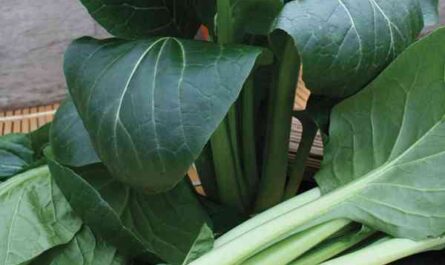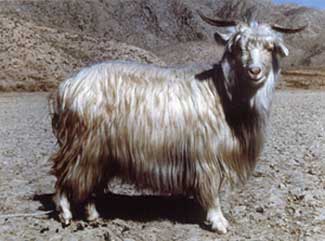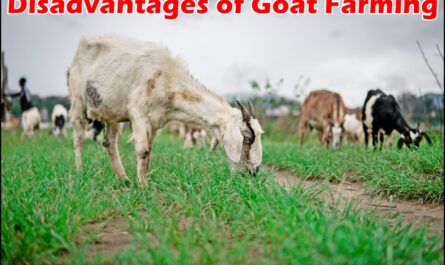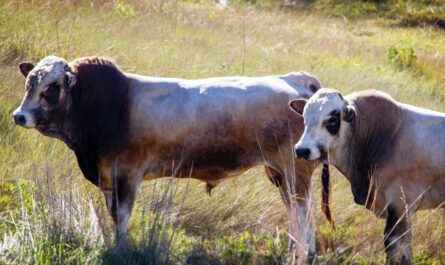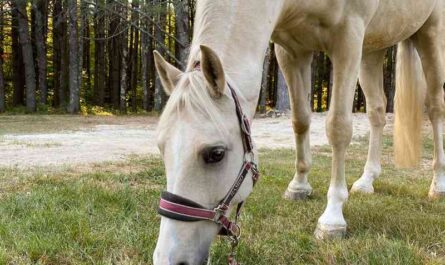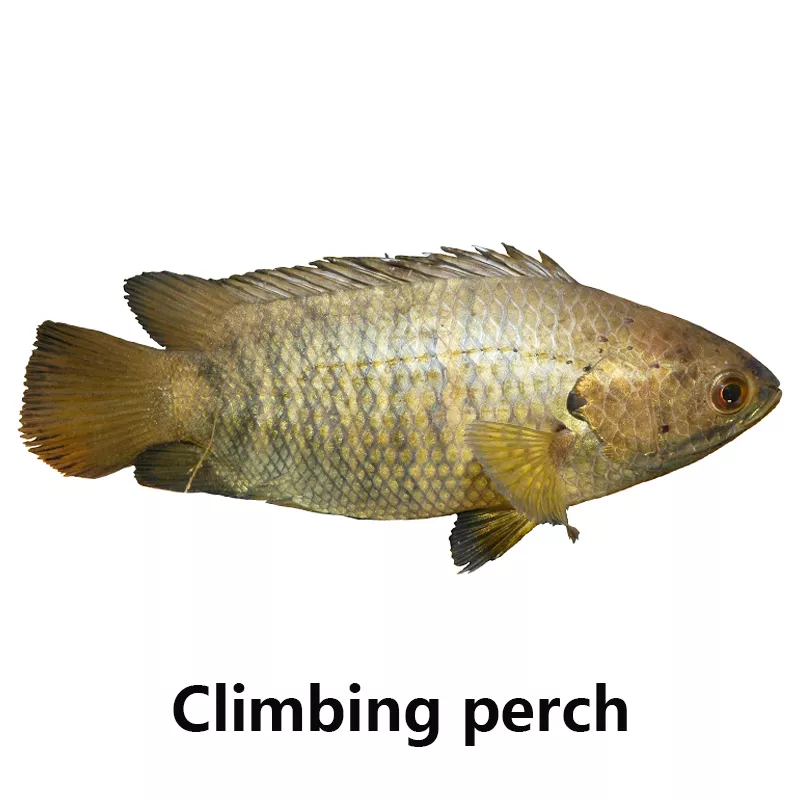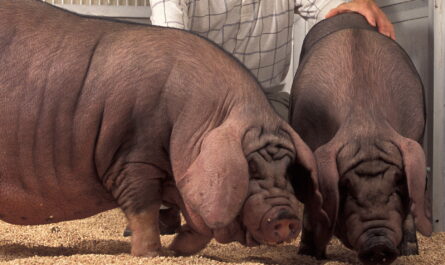Commercial orange farming is not a new business idea. This is a common agribusiness all over the world. And people have been growing this fruit for profit since ancient times.
Orange is actually the fruit of various citrus species in the family Rutaceae (it primarily belongs to Citrus × sinensis), which is also called sweet orange to distinguish it from its related Citrus × aurantium, called bitter orange.
The orange is actually a hybrid of a pomelo and a tangerine. The chloroplast genome, and therefore the maternal line, is the pomelo. The sweet orange genome has been completely sequenced. [1]
Orange originated in a region covering Southern China, Northeast India and Myanmar. As of 1987, orange trees were recognized as the most cultivated fruit tree in the world.
Oranges are commonly grown widely in tropical and subtropical climates for their sweet fruit.
You can enjoy the orange fresh or processed for juice or flavored peel. As of 2012, sweet oranges accounted for about 70% of citrus production.
Around 79 million tonnes of oranges were grown worldwide in 2019, with Brazil producing around 22% of the total, followed by China and India.
Nutrition and health benefits of orange
Oranges are one of the most popular and widespread fruits in the world. They are a healthy source of vitamin C, fiber, thiamine, folic acid and antioxidants.
And regularly eating oranges has many health benefits. Here we try to explain more about the nutritional value and health benefits of oranges.
Nutritional value of oranges
Orange pulp contains about 1% protein, 12% carbohydrates, 87% water and contains a negligible amount of fat. 100 grams of orange pulp contains 47 calories and is a rich source of vitamin C, providing 64% of the daily value.
Oranges contain a variety of phytochemicals, including carotenoids (beta-carotene, lutein, and beta-cryptoxanthin), flavonoids (such as naringenin), and numerous volatile organic compounds that produce orange aroma, including aldehydes, esters, terpenes, alcohols, and ketones.
According to Healthline, 100 grams of orange pulp provides:
- Calories: 47
- Water: 87%
- Protein: gram 0.9
- Carbohydrates: 11.8 g
- Sugar: 9.4 grams
- Fiber: 2.4 grams
- Fat: 0.1 grams
Oranges are primarily composed of carbohydrates and water, and are also an excellent source of fiber, protein, minerals and vitamins. They are also a good source of fiber, which can support a healthy digestive system.
Health Benefits of Eating Oranges
Oranges are very beneficial for human health. Regular consumption of oranges provides many health benefits. Here we are trying to describe the main health benefits of eating oranges.
- Oranges are a good source of carbohydrates, fiber, protein, minerals and some vitamins.
- They mainly consist of carbohydrates and water. They are also a good source of fiber, which can support a healthy digestive system.
- Oranges contain many vitamins and minerals such as vitamin C, thiamine, folic acid and potassium.
- Sweet oranges are a rich source of several plant compounds that are responsible for their health benefits.
- Oranges are very beneficial for heart health. Regular consumption of oranges or juice thins the blood and can significantly reduce blood pressure.
- Sweet oranges are a good source of citric acid and citrates, which are thought to help prevent the formation of kidney stones.
- Oranges may also help protect against anemia by increasing iron absorption.
- You can enjoy oranges in different ways. But eating whole oranges is healthier than drinking orange juice.
Oranges are one of the most popular and widespread fruits in the world. And they are both delicious and nutritious. Eating oranges daily is good for your health.
Advantages/benefits of Orange Farming Business
Commercial orange farming is a very common and popular business in many countries around the world. Growing oranges is very easy and even beginners can start commercial orange farming.
Large scale or commercial orange production is a great system to make money because the business is very profitable. Here we try to explain in more detail the main advantages of commercial orange cultivation.
- Commercial or large scale cultivation of oranges is a very old business and people have been doing it since ancient times.
- So, you don’t have to worry much about starting and running this business. You will be able to find many experienced farmers in your area who can learn and practice hands-on.
- Commercial orange farming is very lucrative and you can make a good profit from this business (even if you are a beginner).
- Commercial orange production is a very old and established business. So you don’t need to worry much about this business.
- Both the price and demand for oranges are high in the domestic and international market.
- Orange plants are easy to grow and very easy to care for. You can start growing orange trees even if you are a beginner.
- Commercial orange farming is very profitable. So this enterprise can be a very good source of employment for rural people.
- Moreover, educated but unemployed people can take up this business as their profession.
- Growing oranges commercially does not require much investment, but it will take some time to make good profits. But once the trees are planted, you will continue to receive fruit for many years.
- As we mentioned above, oranges are very nutritious and eating oranges regularly has many health benefits.
- You can enjoy fresh oranges if you start your own orange growing business.
How to start an orange growing business
Orange plants are usually very strong and hardy. And caring for them is usually easy. You can take good care of them even if you are a beginner.
Starting a commercial orange growing business is very easy. Here we are trying to describe more information about starting and running this business from planting, maintenance to harvesting and marketing.
Choose a good place
First of all, choose a very good place to start your orange farming business. Orange trees are commonly grown in a variety of soils, from sandy loam to alluvial soils.
Deep soils with a pH range of 5.5 to 7.5 are considered ideal for growing oranges. Although orange plants can also be grown in a pH range of 4.0 to 9.0.
Adequate sunlight and availability of water are essential for growing orange plants and also for a good harvest.
Land preparation
You must prepare the land perfectly for good production. Ideal land preparation is the key to a successful orange growing business.
Before planting, the ground should be plowed, cross-tilled and leveled. Terrace landscaping is done on hills. High planting density is possible in hilly areas.
When preparing the land, add as much organic fertilizer as possible. To grow oranges well, you need to add organic fertilizers.
Climate requirements for growing oranges
Orange trees grow successfully in all frost-free tropical and subtropical regions. An annual rainfall of 100-120 cm and a temperature of 10°C to 35°C are suitable for growing oranges.
Choose the right variety/varieties
There are many varieties or cultivars of oranges around the world. The main varieties are regular oranges, navel oranges, blood oranges, acid-free oranges and hybrids.
Each of these varieties has many subspecies or similar varieties. Here we list the names of some popular common varieties of orange.
- Valencia
- Hamlin
- Bahia
- Bali
- Belladonna
- Berna
- Common Blond
- Curly blonde
- Byungul
- Cadanera
- Calabrese or Calabrese Oval
- Carvalhal
- Castilian
- Charm
- Cherry-orange
- Clanor
- Dom Juan
- Fukuhara
- Gardner
- In Homosa
- Jaffa orange
- Jincheng
- Joppa
- Hettmali
- File
- Kona
- Lime
- Liu Gim Gong
- Macetera
- Malta
- Maltese blonde
- Oval Maltese
- Marrs
- Medan
- Mid sweet
- Maro Tarocco
- orange
- Parson Brown
- Pera
- Crown pear
- pear christmas
- Pear Rio
- A pineapple
- Pontianak
- Prime Minister
- Rod Red
- Oak
- Queen
- Salustian
- Satgudi
- Seleta, Selecta
- Shamuti Masri
- Sunstar
- Tomango
- Verna
- Vicieda
- Westin
- Doai Orange Commune
- Bahia
- Navel in a dream
- Late navel
- Washington or California Pup
Blood orange varieties
- Maltese
- me
- Sanguinelli
- Scarlet navel
- Tarot
Buying plants
After choosing the right variety for your business, you need to purchase the plants from any of the nearby nurseries.
Orange plants usually reproduce by seed and also propagate vegetatively by T-budding.
Plantation
Seedlings are usually planted in July-August after the onset of the rainy season. Orange plants are usually planted in holes measuring 0.5m x 0.5m x 0.5m in a square system at intervals of 4.5 to 6 meters, accommodating 350-450 plants per hectare.
A 6m x 6m spacing, accommodating 120 plants per acre, is considered ideal for this model.
Caring
Good plant care is very important for better plant growth as well as better fruiting.
Orange plants are very strong and hardy, and generally require less care. Here we will try to talk in more detail about the process of caring for orange plants.
fertilizing
Providing adequate fertilizer is very important to increase yield. For crops 1 to 3 years old, apply a well-spaced [email protected], [email protected] to each tree.
For 4-7 year harvests, apply well decomposed cow , and to each tree. For crops eight years and older, apply and for each tree.
Apply full quantity of cow dung during the month of December whereas apply urea in two parts, apply the first dose of urea in February and the second dose in April-May. When applying the first dose of urea, apply the entire dose of SSP fertilizer.
If fruit drop is observed, to avoid excessive fruit drop, take 2 sprays [email] per 500 liters of water. First spray at the end of March, then at the end of April. Repeat spraying in August and late September. If cotton is planted in an adjacent citrus field, avoid spraying 2, 4-D and use GA3 spray instead. [2]
Watering/irrigation
The orange tree has a very high water or irrigation requirement due to its evergreen nature throughout the year. Although the exact amount of water depends on the type of soil.
Adequate watering should be provided during flowering, fruit set and fruit development stages.
Orange plants do not tolerate waterlogging, so try to avoid waterlogging. And water for irrigation should not contain salts.
Mulching
Mulching not only helps retain moisture, but also helps prevent weeds. Organic materials can be used for mulching.
Weeding
Weeds consume nutrients from the soil. So, it is very important to control weeds. You can control weeds manually as well as chemically.
If you prefer a chemical method, use glyphosate at a rate of 1.6 liters per 150 liters of water. Use glyphosate only on weeds, not orange plants.
Pests and diseases
Like many other crops, orange plants are also susceptible to several pests and diseases. Here we will try to talk in more detail about common pests and diseases of orange plants.
Common diseases and their treatment
Common diseases of orange plants are citrus cankers, gum disease, powdery mildew, black spot, collar rot, zinc and iron deficiency.
Iron deficiency
The leaf color of affected trees changes to yellowish-green. This deficiency most often occurs in the case of solonetzic soils. Plants must receive iron chelates.
Zinc deficiency
Zinc deficiency in orange plants is very common. This is noted as yellow areas between the main lateral veins and the midrib of the leaves. Twinks may die off, and dense shoots that have a low-growing, bushy appearance are common.
The fruits tend to turn pale, stretch out and decrease in size. Get zinc sulfate by dissolving 2 tablespoons in 10 liters of water. It should be thoroughly sprayed onto all branches and foliage of trees.
Collar rot
Collar rot is caused by a fungus and affects the bark on the tree trunk. The bark begins to rot and forms a strip just above the surface of the ground (which gradually decomposes and covers the entire trunk).
Trim and scrape away soft, infected bark to clean the tree trunk and protect trees from rot.
A mixture of copper spray or Bordeaux mixture should be applied to the affected part of the tree. Remove all weak, diseased and congested tree branches to ensure proper air circulation.
Black spot
Black spot is also a fungal disease. The common symptoms of this disease are round dark spots on the fruit.
Copper spray should be sprayed on the foliage in early spring to help cure plants of black spots. Repeat again after 6 weeks.
Powdery mildew
All above-ground parts of the plant have a white, downy, fuzzy growth, and the leaves tend to turn pale yellow and wrinkled. Distorted fields are also visible. The upper surface leaves are more affected.
To combat powdery mildew, the affected parts of the plant should be removed and completely destroyed. Carbendazim, taken three times at intervals of 20-22 days, helps control this disease.
Gummos
Exudation of gums from tree bark is a characteristic symptom of gummosis.
This disease can be controlled by proper site selection with proper drainage, use of resistant varieties, etc.
Covering the soil with 0.2% Metalaxyl MZ-72 + 0.5% Trichodermaviride helps control this disease. At least once a year, apply Bordeaux mixture to plants 50-75 cm high from ground level.
Citrus Canker
Plants have lesions on stems, leaves and fruits with brown, water-soaked edges. This disease can be controlled by pruning affected branches and branches.
Spray Bordeaux mixture @ 1%. An aqueous solution of 550 ppm streptomycin sulfate also helps control citrus cankers.
Common insect pests and their control
Common pests and insects of orange plants include aphids and mealybugs, orange shoot borers, scale insects, forge borers and leaf miners.
Aphids and mealybugs
Aphids and mealybugs are small sap-sucking pests. The beetles are usually present on the underside of leaves. Synthetic pyrethroids or pest control oil can be used to control aphids and insects.
Orange shooter
Affected plants tend to lose vigor and it is a very serious pest of citrus fruits. It can be controlled by destroying the affected branches.
Kerosene oil/gasoline can also help control this insect. Monocrotophos (5ml/20ml water) also helps control orange shoot borer.
Scaly insects
Scaly insects can be controlled by introducing native parasitic wasps. Neem oil is also effective against them. Spraying emulsion of parathion (0.03%), dimethoate 150 ml or malathion 0.1% is effective against deposits.
Leaf Miner
The best solution for leaf miners is to leave them alone and allow natural enemies to feed on them and parasitize their larvae. It can also be controlled by spraying Fosfomidon 1 ml or monocrotophos 1.5 ml every 3-4 times every two weeks. Pheromone traps are also available to detect small leaf moths.
Citrus Psilla
Citrus psyllids are sap-sucking pests and damage is primarily caused by nymphs. It can be controlled by pruning affected plants. Spraying monocrotophos-0.025% or carbaryl-0.1% may also help.
Harvesting
You can begin harvesting when the fruits have the desired size, shape and attractive color. Depending on the variety, the fruit is usually ready for harvest in mid-January to mid-February.
Timely cleaning is very important. Because harvesting too early or too late will produce poor quality fruit. Harvesting is usually done by hand.
After harvest
Post-harvest tasks include grading, washing the fruit with clean water and then immersing the fruit in chlorinated water at a rate of 2.5 ml per liter of water.
After this, dry them partially. To improve appearance and maintain good quality, apply Citrashine wax along with foam. These fruits are then dried in the shade and packaged. Fruits are packed in boxes.
Give in
Productivity depends on the age of the plants. From age 50 you can expect about 5 fruits per tree. Fruit production stabilizes in the 8th year. The average yield after stabilization is from 700 to 800 fruits per tree.
Marketing
Selling oranges is very easy. You can easily sell oranges at your local market. You can also target some big companies to sell your products.
These are the general steps and ways to start and run a successful orange growing business. I hope this guide helped you! Good luck and God bless you!











